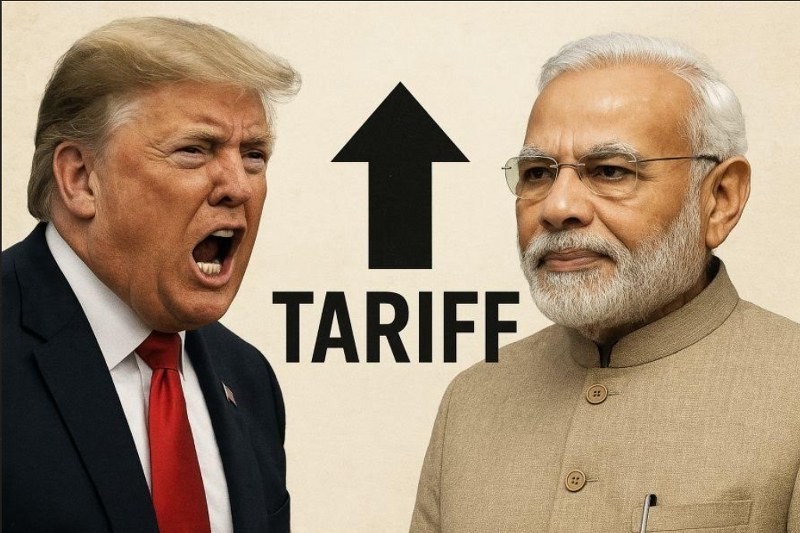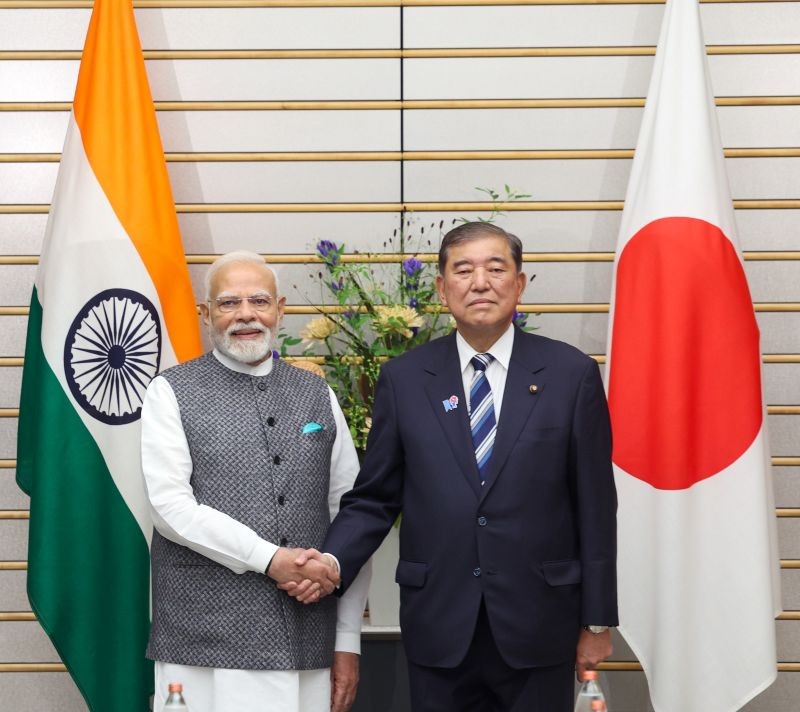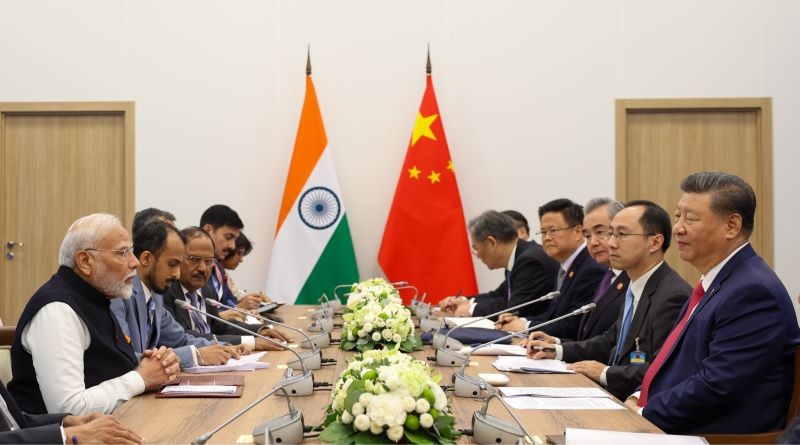From access to awareness: Why India needs to boost digital financial literacy

From UPI processing over 17 billion transactions in a single month to kirana stores & vegetable vendors using QR codes, digital finance in India is no longer a luxury — it’s a lifeline.
This surge has brought unprecedented financial inclusion, especially in rural and semi-urban areas. But while access has grown, awareness has not kept pace.
DFL combines two critical competencies: digital literacy and financial literacy. It means knowing how to use a smartphone or a payment app, but also understanding savings, credit, frauds, and grievance redressal. Without this knowledge, individuals are at serious risk of being excluded, misled, or even financially exploited.
India is in the middle of a digital finance revolution — but the lack of Digital Financial Literacy (DFL) could make it a double-edged sword.
The gaps are striking. While India’s literacy rate is over 80%, only 24% of people are financially literate — far below the global average of 42%. Among millennials, digital natives by label, only 19% are digitally financially literate.
This gap between access and understanding is creating a vulnerable population in an increasingly digital economy.
The digital divide in India isn’t just technological — it’s gendered, generational, and geographic.
Women in many parts of the country still lack access to mobile devices or internet services.
Deep-rooted cultural norms, psychological barriers, and a persistent reluctance to engage with financial matters often discourage women from managing their money independently and confidently.
Meanwhile, senior citizens and rural users may own phones but lack awareness of fraud risks or digital payment safety.
Even the educated aren’t safe. Many fall prey to phishing scams and digital frauds, unaware of how to freeze their UPI IDs or report financial crimes.
According to the RBI, bank frauds — particularly via digital channels — have tripled.
Over 63,000 cases involving frauds of ₹1 lakh or more were recorded under digital payments last year.
Digital illiteracy doesn’t just exclude; it leads to misuse. Millions of Jan Dhan accounts remain inoperative. Young consumers, enticed by Buy Now Pay Later (BNPL) schemes and easy credit, risk falling into debt traps. In the microcredit space, lack of awareness about repayment terms has led many into cycles of over-indebtedness.
Bridging the Gap
To address this, a coordinated national strategy is needed — bringing together government, regulators, educators, community leaders, and the private sector.
DFL must be made a part of school and college curricula across all disciplines. Students should learn how to use digital banking tools safely, recognize scams, and understand key financial concepts. It should be treated as essential as math or language — not just an optional module.
Further, mass awareness campaigns need to be rolled out in local languages through TV, radio, and social media. In rural areas, storytelling, theatre, mobile vans, and public fairs can serve as effective platforms. Interactive kiosks at panchayat offices, markets, and railway stations can help bridge information gaps.
Local influencers — teachers, Anganwadi workers, SHG leaders, and panchayat heads — should be trained as DFL ambassadors. Gram sabha meetings can be used to share practical advice on identifying fake apps, safe digital practices, and redressal mechanisms.
Senior citizens need dedicated support. Customised workshops using simple guides and visual aids can help them understand and trust digital finance. Banks and post offices should offer helplines and walk-in helpdesks to assist older users.
Similarly, outreach for women must be targeted and culturally sensitive. Women-led financial literacy circles, SHG-based digital training, and awareness sessions through Mahila Mandals and Anganwadis can help build both access and confidence.
DFL for youth and gig workers can leverage gamified mobile learning. Interactive videos, WhatsApp-based modules, and digital quizzes can make learning about finance easy, engaging, and widely accessible.
Fraud-prevention modules should be a mandatory part of onboarding whenever a person opens a bank account or downloads a payment app. Just like KYC norms, digital hygiene must become routine.
Also, certified DFL training can be linked to access to credit or government schemes. Incentives like digital cashback or micro-rewards could encourage participation, especially in low-income households.
Finally, a Digital Financial Literacy Index can be developed and published at regular intervals to measure progress, identify gaps, and guide data-driven policymaking. Fintech companies and banks must also contribute through CSR — co-developing content, conducting workshops, and running digital safety drives across geographies.
The Road Ahead
India has laid the groundwork — with UPI, Jan Dhan, Aadhaar, and mobile networks forming the backbone of a robust digital finance system. But infrastructure alone cannot ensure effective inclusion and digital safety. Without DFL, these tools can increase vulnerability to risk, not empowerment.
A digitally enabled society must therefore be a digitally literate one. As we transition toward a cashless, connected economy, digital financial literacy must be seen not as a privilege — but as a non-negotiable life skill towards achieving our goal of Viksit Bharat.




